SOLUTIONS
POWER QUALITY AUDITS & PORTABLE METERING STUDIES
Whether you’re trying to understand the root cause of issues in your electrical network or wanting to plan for a new energy project, we can help. Learn more by reading the following case studies.
WIND FARM
A wind farm with over100 turbines had experienced several control board failures, leading to lost revenue (due to being offline & penalties) and increased costs (due to repair time and equipment replacement). Four EnergyX® Portable units were deployed to the problematic substations.
Power quality analysis revealed several key observations:
Inrush Current
Large inrush current was observed in the turbines during re-energization. This caused harmonics at all voltage levels, including over 10% total voltage harmonic distortion (THDv) at 33kV.
Voltage Distortion
The voltage distortion was likely responsible for the damage to the control boards during energization.
Flicker & Harmonics Compliance
The site failed to meet flicker compliance levels on the low-voltage side of the transformers. Voltage harmonics compliance levels were not met after energization and before the generators began power output.
After the root causes of the power quality issues were identified, these recommendations were made:
Installation of Circuit Breakers
Add a main circuit breaker on the LV side of each turbine for protection coordination.
Control Order Update
Update the circuit-breaker closing sequence across the turbines, with a 5-minute interval between each, over a 30-minute period. This will reduce the inrush on the upstream transformer.
Capacitor Banks
Recommended keeping capacitor banks out of service to avoid potential resonance with transformers and voltage distortion when the banks cut in/out.
Power Quality and Energy Management System (PQEMS)
Recommended to install a Power Quality & Energy Management System (PQEMS), including advanced power quality meters, for recording power quality events during re-energization and improving future analyses.
Results
After implementing the recommendations, the customer’s downtime decreased by 66%, resulting in over $200K savings in the first year. The customer also purchased additional EnergyX Portables to use across their portfolio of wind farms allowing AZZO to support them to quickly diagnose problems at the first occurrence.
INDUSTRIAL PARK
An industrial park was planning to add a roof-top solar installation but wanted to ensure that the electrical network was able to handle the installation. An EnergyX® Portable was deployed onsite to analyze the network.
The analysis yielded these observations:
Overvoltage: The supply voltage was at 244V, the upper limit recommended by the utility
Voltage Harmonics: The maximum voltage harmonic distortion (THDv) was 3.38%, below the recommended limit of 5%.
Power Factor: Power Factor was 0.982 lagging which was within the utility requirement
Current Harmonics: The maximum Total Demand Distortion (TDD) was 11.2%, meeting the utility's requirement of 12%.
Voltage Unbalance: The voltage unbalance was less than 1.69%, which was within the accepted limit of 2.5%.
Power Quality Events: No significant power quality events were observed during the monitoring period.
Current Unbalance: The current unbalance was 11% during high load periods, mainly due to voltage unbalance.
Recommendations
Based on these observations, it was recommended that the supply voltage to the site be reduced by 5% (by changing the transformer tap). Since solar tends to increase the overall site voltage, it was advised to implement this reduction before the PV system was installed.
The additional benefit of reducing the supply voltage was a predicted 7% cost saving due to equipment such as motors operating more efficiently at a lower voltage.
Results
With the in-depth analysis, the customer has been able to make the recommended modifications and can be assured of the site stability now and after PV installation.
PLASTICS EXTRUSION PLANT
To assess readiness for a PV system, seven (7) EnergyX® Portables were deployed throughout the distribution network of a plastics extrusion plant.
Analysis of the data from the EnergyX® Portables yielded these observations:
Site Supply Voltage
The site supply voltage was within 0.3V of the maximum allowable voltage.
Harmonics
Total Harmonic Distortion was within allowable range, however the Max Total Demand Distortion was higher than the utility guidance
Power Factor
The power factor was acceptable, noting that a power factor correction system was previously installed
Maximum Load Current on Switchboards
It was found that six of 9 switchboards were running at over the recommended capacity
Transformer Load
The transformer's load factor was within tolerance
Based on the observations, several recommendations were made:
Voltage Adjustment
Suggested reducing the supply voltage by 2.5% to manage the voltage increase when the PV system comes online
Harmonic Reassessment
Proposed reassessing harmonics during peak load in the summer to decide if an active harmonic filter is required
Load Redistribution
Recommended redistributing load from two overloaded sub-boards to lesser-loaded ones and advised on which boards to connect the PV through
Transformer Load Reassessment
Suggested reevaluating the transformer’s load factor during peak loads in the summer
Results
After implementing the recommendations, the customer was confident in their ability to deploy the new PV installation.
AGRICULTURAL PRODUCT PROCESSING COMPANY
At a large agricultural processing company, soft starters were tripping and a large transformer had started to hum loudly. Additionally, lights were flickering in the office workshop. Due to the critical nature of the drives and the impact on employee wellbeing, the company requested a power quality audit and an EnergyX® Portable was installed.
After analysis, these issues were identified:
Voltage Fluctuations & Current Inrush
Frequent high and low voltage fluctuations were observed. This was due to the site being at the end of a distribution line as well as having many large loads stopping and starting frequently, creating inrush current conditions.
Power Factor
It was found that some hydraulic machinery was starting and stopping faster than the old power factor correction equipment could respond, resulting in worsening power factor in some cases.
Harmonics
The hydraulic machines, running for relatively short periods of time, were causing excessive harmonics, resulting in breakers tripping on the same circuit and overloading the transformer, which caused the humming.
Based on the observations, the following steps were recommended:
Installation of active harmonic correction equipment
AZZO advised the replacement the old power factor correction equipment with active harmonic filters to solve the power factor and the harmonics issues.
Variable frequency drives (VFDs)
Replace the soft starters with variable frequency drives in order to reduce the inrush current which lead to damaging voltage fluctuations.
Install a Power Quality & Energy Management System (PQEMS)
Install a PQEMS so that issues are detected and mitigated before they become larger problems whether today or in the future.
Results
Work is planned to install the active harmonic filters and VFDs. With these improvements the customer can have confidence that the electrical network will perform as expected now and into the future.
All Power Quality Analysis reports conducted by AZZO Ph.D. engineers use the critical data captured by EnergyX® Portable meters. Typically, a minimum of two weeks of measurement are recommended to correctly assess the root cause analysis of power quality issues. AZZO provides an industry-leading PQ report with a brief executive summary, detailed analysis of the root causes Recommended solutions to mitigate all captured power quality issues are available upon request.












